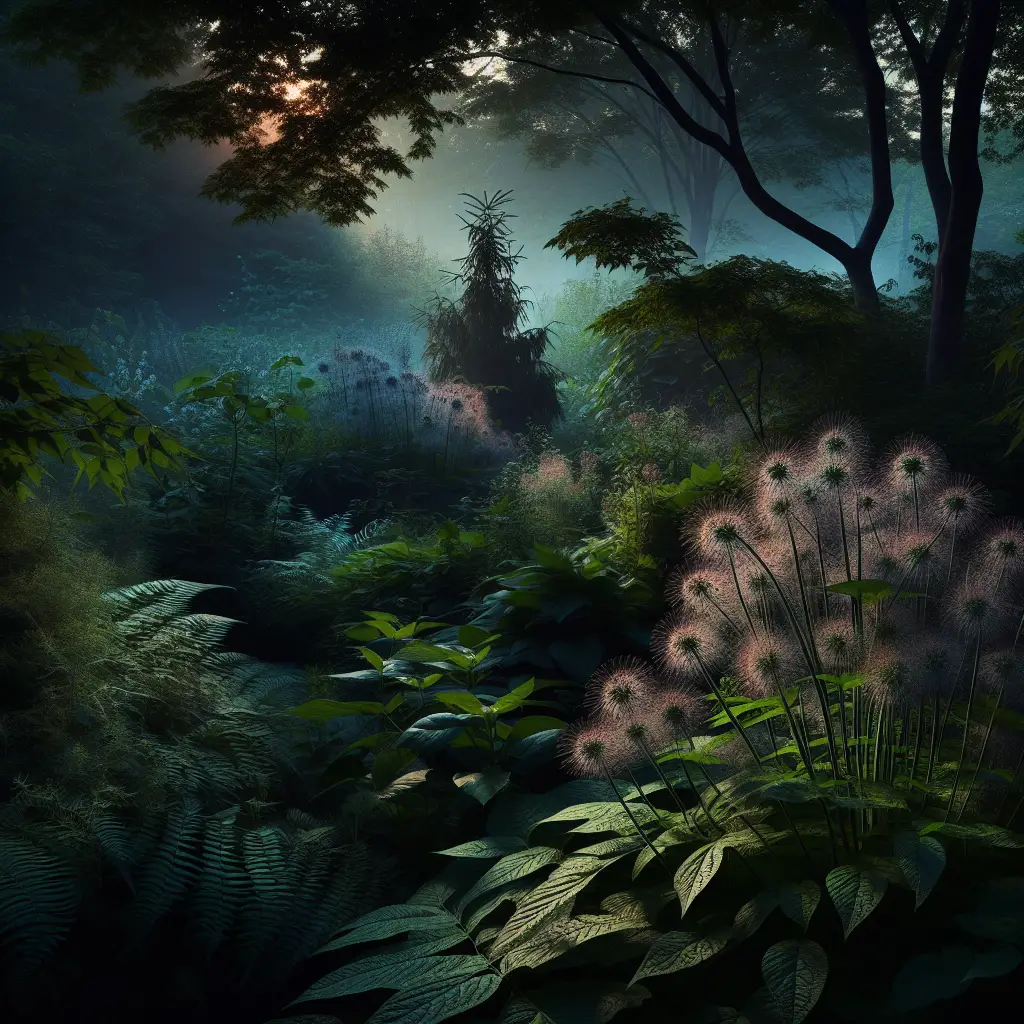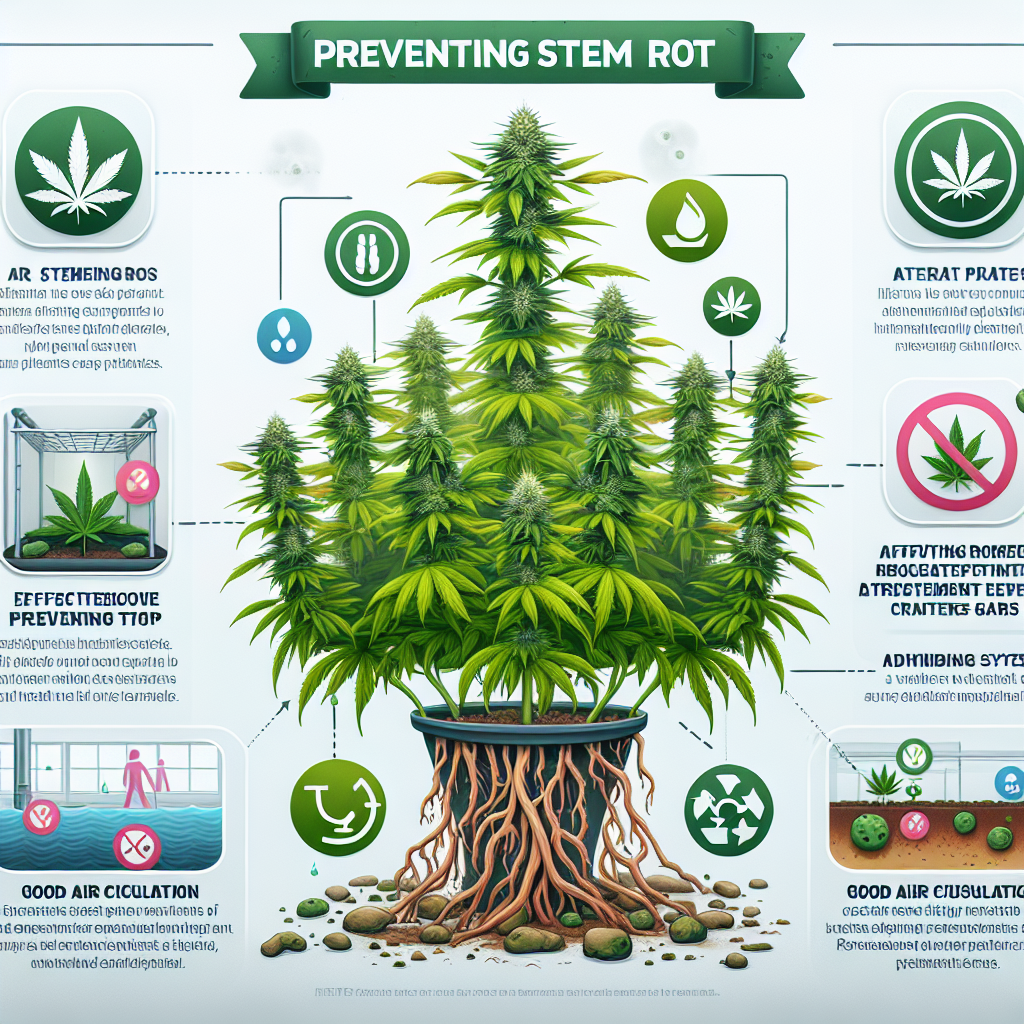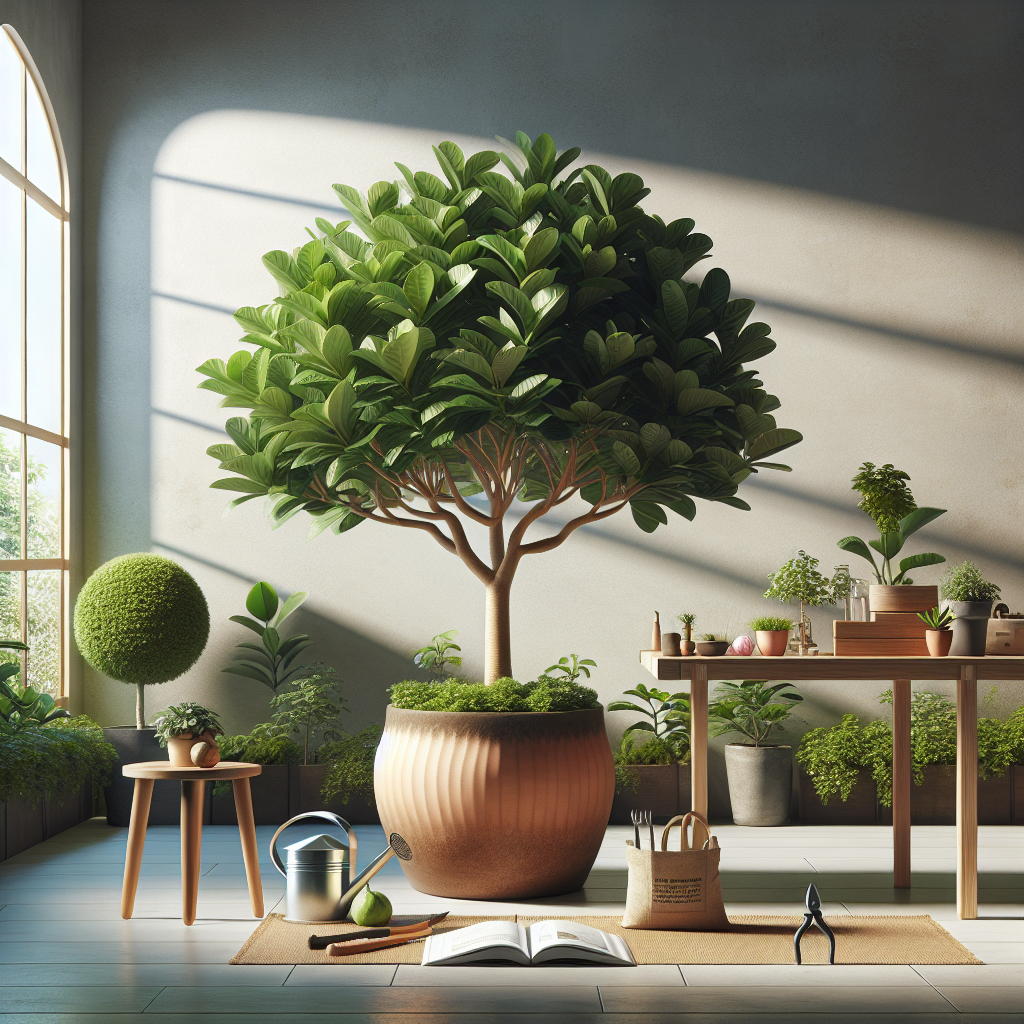Maryland’s Stealthy Garden Plants: Stay Alert
Updated June 13, 2024 at 3:58 am

Identifying Stealthy Garden Invaders
- Pet Friendly: Some stealthy garden plants can be toxic to pets. Research each species carefully.
- Light Requirements: Many invasive species thrive in various light conditions, which aids their spread.
- Watering: Overwatering can contribute to the growth of invasive plants by providing ideal wet conditions.
- Humidity: Maryland’s humidity can encourage growth of certain invasive plants.
- Temperature: These plants are often adaptable to a wide temperature range, which allows them to survive through the seasons.
- Difficulty: Removing these plants can range from simple to complex, depending on the species and extent of infiltration.
Maryland’s varied climate offers a unique challenge for gardeners. With its wet springs, humid summers, and mild winters, the conditions are ripe for certain plants to move in stealthily, often unnoticed until they’ve taken over a significant portion of your garden space. Whether you’re a beginner or a seasoned green thumb, identifying these secretive invaders is the first step to reclaiming your garden.
For many, the purple loosestrife (Lythrum salicaria) seems like a beautiful addition with its tall spikes of purple flowers, yet it is incredibly invasive. It can quickly dominate wetlands, displacing native species and degrading wildlife habitats. In your own backyard, it may look picturesque for a while, but without proper management, it can spread out of control.
The Deceptive Beauty of Non-Native Plants
Take the butterfly bush (Buddleja davidii) for example. It’s popular among gardeners for its fragrant clusters of flowers that attract butterflies. However, it can take over rapidly, shading out native plants important for local ecosystems. It might be tough to make the decision to replace such attractive plants, but in doing so, you’re being environmentally responsible and helping to preserve the local flora and fauna.
Another surprising garden usurper is the English ivy (Hedera helix). As a ground cover or a climbing vine, it adds a touch of old-world charm. Yet, this vigorous grower can damage tree bark, lead to rot, and compete with other plants for nutrients and light. Gardeners might find themselves constantly battling to keep its growth in check which, despite the plant’s visual appeal, makes it more of a foe than a friend.
Combatting Invasive Plants with Precautionary Measures
Invasion prevention is key. When choosing plants for your garden, consult with local nurseries and refer to resources like the Maryland Invasive Species Council. These organizations provide valuable information about which plants are considered invasive and can offer native alternatives that are equally beautiful and better suited to the local environment.
For example, instead of the butterfly bush, consider planting the native Joe Pye weed (Eutrochium purpureum), which offers a similar appeal for pollinators and stunning purple flowers without the invasive tendencies. Switching to natives not only helps control the spread of stealthy plants but also works to enhance local biodiversity.
Recognizing the Warning Signs of Invasive Plants
Early detection is essential. Monitor your garden for any unusual or rapid growth patterns. Invasive species often outcompete others by growing quicker and spreading their seeds or roots aggressively. Keep an eye out for plants like the Japanese stiltgrass (Microstegium vimineum), which can blanket the ground in a short time, smothering other species beneath its dense mat.
Another sign of invasion is the displacement of previously thriving native plants. If you notice that certain indigenous species are dwindling or vanishing from your garden, it could be due to an invasive plant’s encroachment. Regularly walking through your garden and observing changes can be one of the most effective ways to stay vigilant against these stealthy invaders.
Effective Removal Techniques for Pesky Plants
Once an invasive plant is identified, removal should be immediate and thorough. For plants like the Japanese stiltgrass, manually pulling them out before they set seed can help prevent their spread. Disposal should be done with care; some species can reroot from fragments left on the ground or continue to seed even after being pulled out.
For tougher species like English ivy, cutting the vines at the base and carefully removing them from trees and structures will reduce the damage they cause. It’s also wise to bag and dispose of these plants off-site to eliminate the risk of further spread. In cases where manual control is not feasible, consulting with a professional may be the best course of action.
Considering the use of products such as selective herbicides can sometimes offer a practical solution to particularly stubborn invasive species. However, these should be used judiciously, with attention to avoid impacting non-target plants and following all manufacturer instructions for application. An example of a popular herbicide that’s highly rated by both professional landscapers and weekend gardeners is Roundup. Reported to be effective against a wide range of invasive species, Roundup is a systemic, non-selective herbicide that kills weeds to the root.
Users have noted its ease of use and effectiveness, especially when dealing with invasive weeds that have deep root systems. It’s important to apply these chemicals carefully, as they can also harm beneficial plants if not used correctly. Always wear protective clothing and gear when handling herbicides.
Find This and More on Amazon
Choosing Alternative Solutions and Sustainable Practices
While herbicides can be a tool in controlling invasive species, focusing on sustainable gardening practices is a proactive approach. Encouraging natural predators, such as certain insects and birds, can help keep the plant population in check. Planting a diverse garden with a variety of species will make it less susceptible to a takeover by any single invasive plant.
When considering control methods, always research the potential impact on the environment and wildlife. Opt for solutions that are effective yet minimize harm. Encouraging healthy soil, for example, can strengthen native plants and make them more resilient against invasive species. By using compost and mulching, you can nourish your soil naturally, helping to maintain a balanced ecosystem in your garden.
Being a Responsible Gardener and Community Member
Lastly, being a responsible gardener means being a good neighbor and community member. Sharing knowledge about invasive species and participating in local clean-up efforts can have a ripple effect. When communities work together, they can more effectively address the issue of invasive species on a larger scale.
Attending local workshops or joining gardening groups focused on native plants and sustainable practices can also be beneficial. Sharing experiences and advice with fellow gardeners can lead to new insights and more effective strategies in combating stealthy garden invaders.
Remember that managing invasive plants is not just about keeping your garden looking good – it’s about preserving the diverse ecosystems that make Maryland unique. It’s an ongoing process that demands awareness, action, and a commitment to environmental stewardship.
Community Efforts and Educational Resources for Plant Management
Education and community involvement are potent tools in the fight against invasive species. Many local organizations and state agencies offer a wealth of knowledge through educational resources and community-led programs designed to manage and eliminate stealthy garden plants in Maryland.
Participating in such programs not only gives you access to expertise on removal techniques but also connects you with other community members who share a concern for the environment. This collective effort can significantly impact the preservation of local biodiversity and can lead to innovative solutions to control invasive species infiltration.
Expert Recommended Tools for Garden Maintenance
Proper tools can make a significant difference in tackling invasive species. Experts often recommend using garden shears, weed pullers, and trowels for efficient and effective removal. A popular choice among many gardeners are the Fiskars 4-Claw Weeder, well-regarded for its ability to pull up weeds with roots intact.
Gardeners appreciate how the Fiskars 4-Claw Weeder eliminates the need for bending or kneeling, reducing the physical strain commonly associated with weeding. This tool also minimizes soil disruption, which can help prevent remaining invasive seeds from germinating. Keeping your garden tools clean and sanitized between uses is also crucial in stopping the spread of invasive species.
Find This and More on Amazon
Landscaping Alternatives to Prevent Garden Invasions
Landscaping with invasive plant prevention in mind is another strategy. For instance, creating physical barriers, such as garden edging or employing ground covers that compete with invasive plants, can be effective. Ground covers like native phlox or ferns can provide an attractive, low-maintenance alternative that serves a protective function.
The strategic use of hardscaping elements like stones, gravel, or paths can also delineate spaces and restrict the growth of unwanted plants. Such elements, when thoughtfully placed, can add aesthetic appeal while serving the practical purpose of controlling invasive species.
Supporting Wildlife: The Natural Invasive Plant Deterrents
Wildlife can be a formidable ally in managing garden invaders. Birds, beetles, and other insects often feed on the seeds and foliage of invasive plants, naturally keeping their numbers in check. To attract these helpful critters, consider adding native plants that provide food and habitat suited to the local wildlife in your area.
Installing bird feeders, bird baths, or insect hotels can also encourage resident wildlife to visit your garden, thereby aiding in the control of invasive species. However, be mindful of attracting non-native species that might further disrupt the local ecosystem.
Impact of Invasive Plants on Property Value and Aesthetics
Invasions by stealthy garden plants not only affect the local ecosystem but can also impact property value and the visual appeal of your neighborhood. Unsightly weed growth can lead to a perception of neglect, potentially lowering property values for you and your neighbors.
Maintaining a well-cared-for garden with native plants enhances curb appeal and contributes to the overall aesthetics of the community. The collective effort in nurturing a beautified and ecologically balanced landscape is beneficial both personally and communally.
Reflections on a Greener Tomorrow: Cultivating an Invasive-Free Garden
It’s clear that maintaining an invasive-free garden in Maryland requires vigilance, a commitment to ongoing learning, and the right strategies for prevention and control. Being proactive with garden maintenance, contributing to community initiatives, and supporting local wildlife are all parts of a larger, shared responsibility.
The quest for a greener tomorrow starts in our backyards. By choosing native species, employing sustainable gardening practices, and educating ourselves and others, we can each play a part in preserving Maryland’s natural beauty and ecological integrity for generations to come.
Emphasizing the Role of Native Plants in Sustainable Gardening
Transitioning to native plants is more than a trend; it’s a shift towards ecological gardening. Maryland’s native species, like the Black-eyed Susan (Rudbeckia hirta) and the Eastern Purple Coneflower (Echinacea purpurea), are acclimatized to local conditions and support indigenous wildlife, such as bees and butterflies, which are vital pollinators in our ecosystems.
Integrating natives into your garden isn’t just about being eco-friendly. It’s also practical, as these plants typically require less water, fewer fertilizers, and minimal pesticides. Over time, this not only makes garden maintenance more manageable but also more cost-effective, benefitting both nature and your wallet.
Collaborative Efforts to Eradicate Invasive Species
Combating invasive species is a team effort that demands coordination and commitment across communities. Cooperative actions, including community weeding days and public information campaigns, bring neighbors together to tackle common environmental threats and share best practices.
Engaging with community gardens, local environmental groups, and county extension offices can create a network of support. Through these collaborations, gardeners can access shared resources and knowledge, further enhancing the collective ability to maintain healthy, vibrant gardens that add value to the local landscape and ecosystems.
Continuous Education: The Keystone of a Thriving Garden
Staying informed is the cornerstone of effective garden management. As plants behave differently across seasons and conditions vary from year to year, continuous learning helps gardeners adapt and respond effectively to new challenges posed by invasive species.
Participating in workshops, seminars, and online forums dedicated to sustainable gardening is a valuable avenue for keeping up-to-date with the latest insights and advances in ecological landscaping. This ongoing education empowers gardeners to make informed decisions and take appropriate actions to protect their gardens and local environment.
The Ethical Intersection of Gardening and Commerce
As consumers, gardeners hold power in influencing market trends. By purchasing from nurseries and suppliers that promote native plants and ecologically safe products, gardeners support sustainable agricultural practices and encourage the wider horticultural industry to adopt responsible business models.
Similarly, choosing to avoid products from companies that contribute to the spread of invasive species is a potent form of environmental activism. By making ethical purchasing choices, gardeners can drive demand for eco-friendly options and help shape a greener future for the horticulture industry.
Concluding Thoughts: Fostering an Invasive-Free Environment
Creating and maintaining an invasive-plant-free garden is an enduring journey that rewards with a rich, balanced ecosystem. While it involves an investment of time and energy, the environmental, aesthetic, and communal benefits are far-reaching. Gardeners who adopt this ethos not only contribute to Maryland’s natural heritage but also set an example for future generations, cultivating a legacy of sustainability and stewardship.
With every garden transformed, every community workshop held, and each native plant nurtured, Marylanders can fortify the health and beauty of their local environments. The small choices made by individual gardeners echo beyond their personal green spaces, contributing to a collective vision of an ecologically sound and sustainable Maryland.
Shop more on Amazon

